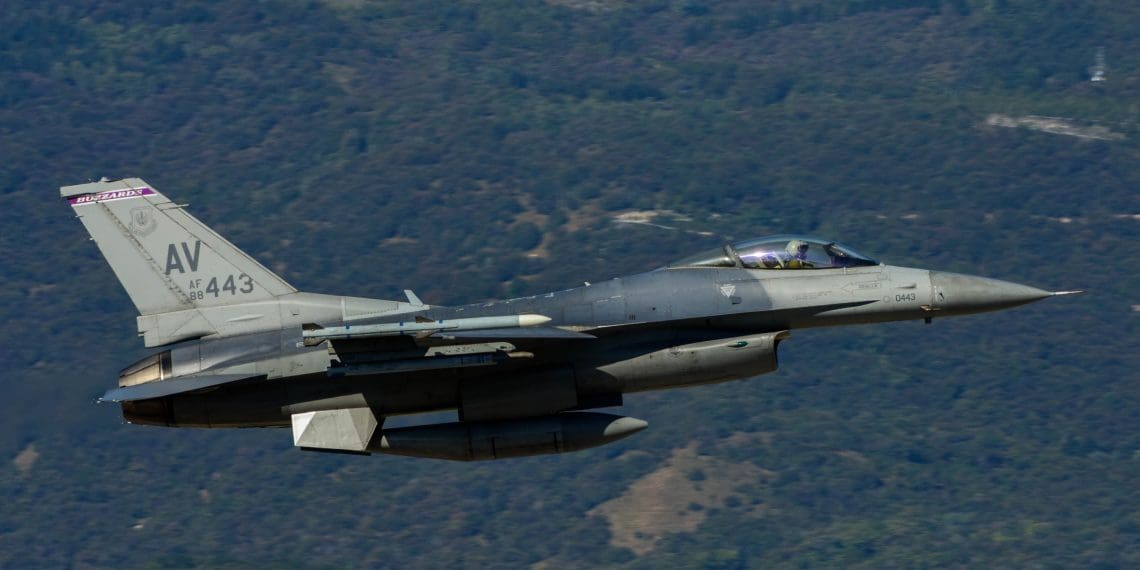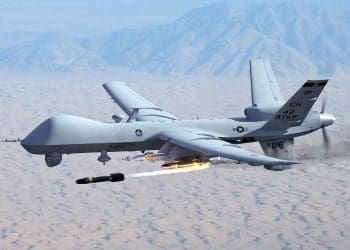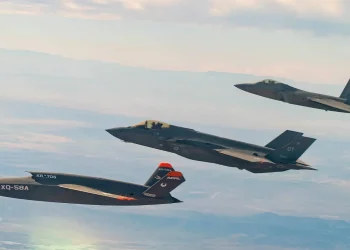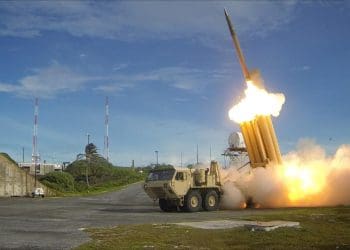This Monday, NATO launches its annual nuclear exercise, “Steadfast Noon,” a large-scale operation involving more than 60 aircraft and 2,000 troops over the course of two weeks. Though no real weapons will be used, the drills simulate nuclear readiness across several Western European countries, reaffirming NATO’s nuclear deterrence strategy.
Routine but Crucial: NATO’s October Nuclear Exercise
Taking place every October, this year’s Steadfast Noon focuses on flight operations across host nations Belgium and the Netherlands, as well as Denmark, the UK, and the North Sea. According to NATO, military personnel from eight airbases and 13 allied countries will take part, deploying various aircraft types, including nuclear-capable fighter jets, bombers, combat escorts, refueling planes, and those specialized in reconnaissance and electronic warfare.
Nuclear Deterrence: A Pillar of Security
NATO Secretary-General Mark Rutte emphasized the importance of the exercise in showcasing the alliance’s resolve. “Nuclear deterrence is the cornerstone of allied security. Steadfast Noon is a critical test of NATO’s nuclear deterrence and sends a clear message to any adversary that the Alliance will protect and defend all allies,” Rutte said in a statement.
The operation is designed to ensure that NATO’s nuclear deterrence remains secure, effective, and credible. One significant development is the inclusion of the Netherlands’ F35A fighter jet, now declared ready for nuclear roles—marking a key step in NATO’s defense preparedness.
Message of Peace and Deterrence
NATO also reiterated its stance that the ultimate goal of its nuclear capabilities is to maintain peace, prevent coercion, and deter aggression. This aligns with the declaration made during the recent summit in Washington, where allies affirmed the essential role of nuclear deterrence in maintaining stability.
As NATO put it bluntly: “As long as nuclear weapons exist, NATO will remain a nuclear alliance.”
This year’s Steadfast Noon not only reinforces the alliance’s nuclear readiness but also sends a strong geopolitical signal that NATO’s commitment to protecting its members remains steadfast amid growing global tensions.









